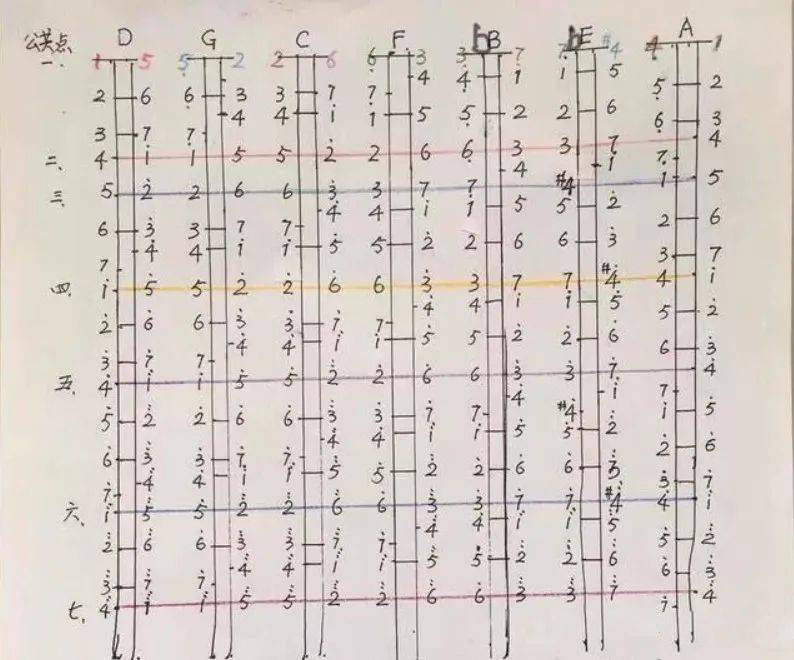Erhu Learning Tips
Does Erhu have to learn all the tunes? Or do ordinary people just need to learn two or three tunes? Have you learned that your brain will not be messed up?
In fact, no matter what you are learning, as long as someone who is still half-informed adds new lessons, his head will be confused. If he has more real knowledge, he will deduce by analogy and infer other things. Why should we advocate more reading? The world is created by knowledge. You only need to learn three tones to learn erhu. The requirements are not high, and you will be content and happy! In fact, the experience of three keys and the seven traditional major keys is only a little bit. If you want to learn, let me talk about the unique trick here.
1. To learn erhu, start with the five traditional positions of 15 strings. The new method is called one, two, three, four and five positions. The traditional ones are upper, middle, lower, second lower, and last lower.
2. There is a rule for the cut of one finger when the five handle positions are changed. The inner and outer strings cannot be separated from 1-5-i, so you only need to learn the 15th string in the key of D, the 5-2th string in the key of G, and the 4th string in the key of A. I string, even the seven major keys can't help you.
Because after the standard tuning of d1-a1, the inner empty strings should be sung as seven tones, just like the No. 1 seat in a movie theater, seven different people have come to sit in turn in seven movies. The height of the open strings in our erhu is also unchanged (293.66Hz), and all seven notes are sung with open strings. In fact, only the roll call has been changed, and the pitch has not changed, so you will pull the open strings as 15 strings. , it will be the 52th string, and the 63rd string... The other four keys are still the same. For the sake of clarity, I will use the 15th string as an example for the seven major keys. Please look at the horizontal bars of the 15th string. The line finds the common point position of different keys on this fixed position. All the notes 1-5-i appearing on the horizontal line are the switch of this key and the one-finger cutoff position.
Look at the sound corresponding to the 15th string connected to the horizontal line in the picture
*The first is seven tones
*The second red line is the octave of each key
*The third black line is the equal phoneme (such as the outer string 5 and the inner four fingers 5)
*The fourth orange line is the middle tone of the 1/2 segment of the jin and the piano, which is the octave from the empty string to the middle
* The fifth purple line is a double octave between the hollow strings
*The sixth black line is the double octave of the inner and outer strings
*The seventh magenta is the i from the hollow string to the three high notes
On the traditional five positions, starting from the inner open string and descending to the seventh horizontal line, the treble i at three o'clock and the erhu range spanning three octaves

The seven tunes of erhu are divided into five traditional positions, (the new position is one for each finger), from Qianjin to half of the piano, the upper half is two positions, and the lower half is three positions In the handle position, due to the vibration characteristics of the strings, the fingers of the upper handle should be opened, the fingers of the middle handle should be closed, and the fingers of the lower handle should be closed. Each position has four tones, and whenever a semitone is encountered, the fingers of two semitones should be placed next to each other.
If you really want to learn seven traditional keys, familiarize yourself with this picture, use the left and right lines to compare, first align the 52 and 63 strings you are familiar with from the 15th string... The first few are understood, and the corresponding ones at the back are very good. Simple.
If you understand it, you'd rather be unfamiliar, but you can't be ignorant!
 渝公网安备 50010702504639号
渝公网安备 50010702504639号